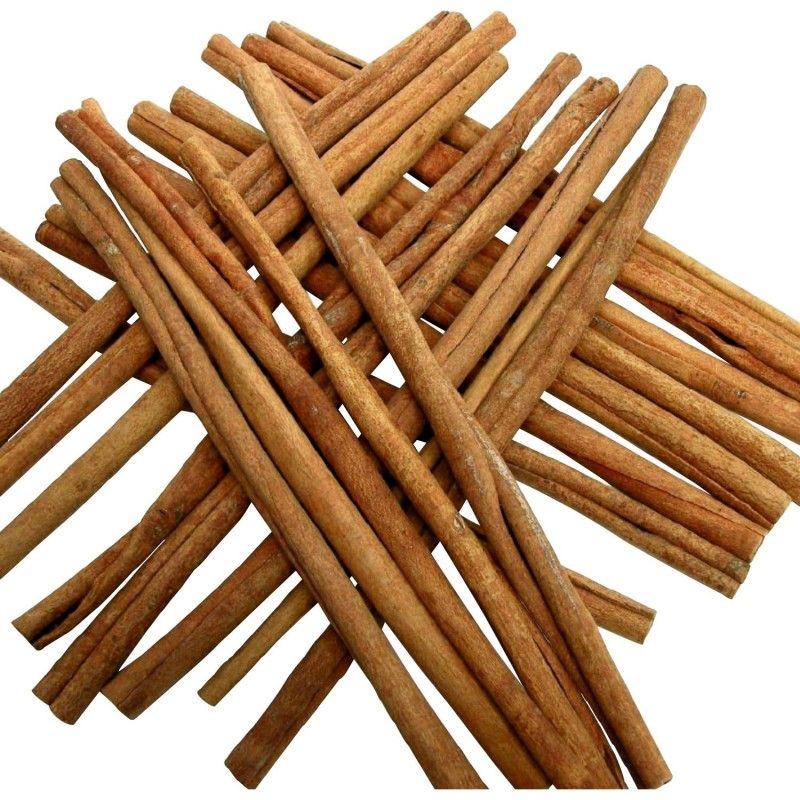Packaging 100 g (or 500 g & 1 kg) containing the bark of the plant in 20 cm (whole).
(Price includes VAT.)
Other Names: Hinti & Cinnamon
Properties:
- Aids digestion.
- Cinnamon stick or powder in warm wine is revitalizing.
- Inhalation of vapors for cough and colds.
Additionally, cinnamon is used in countless combinations in pastry, but as a spice, it is used in recipes with meats (such as beef, rabbit, etc.).
Origin:
Indonesia
Storage:
Store in a dark and cool place (5°C – 15°C)
Preparation:
1 tablespoon of crushed cinnamon (or one stick) is placed in a container, and 1 cup of water is added. The mixture is boiled for 5–10 minutes, and after some time, the liquid is strained and consumed.
Historical Information:
Cinnamon is an ancient spice, mentioned in the Old Testament. It has been used in parts of Europe since 500 BC. However, until the 16th century, only the Chinese cinnamon tree was known in the West. Cinnamon from Sri Lanka has a more delicate aroma and is now the variety that is most commonly found in Europe.
Scientifically Documented Uses:
The Committee E and ESCOP recommend the use of cinnamon bark for digestive complaints, such as gas and spasmodic discomfort, as well as for anorexia; ESCOP also recommends it for diarrhea. Scientific studies using cellular systems have demonstrated the antispasmodic and anti-inflammatory actions of cinnamon essential oil. Additionally, its effectiveness against various strains of fungi and bacteria has been established.





